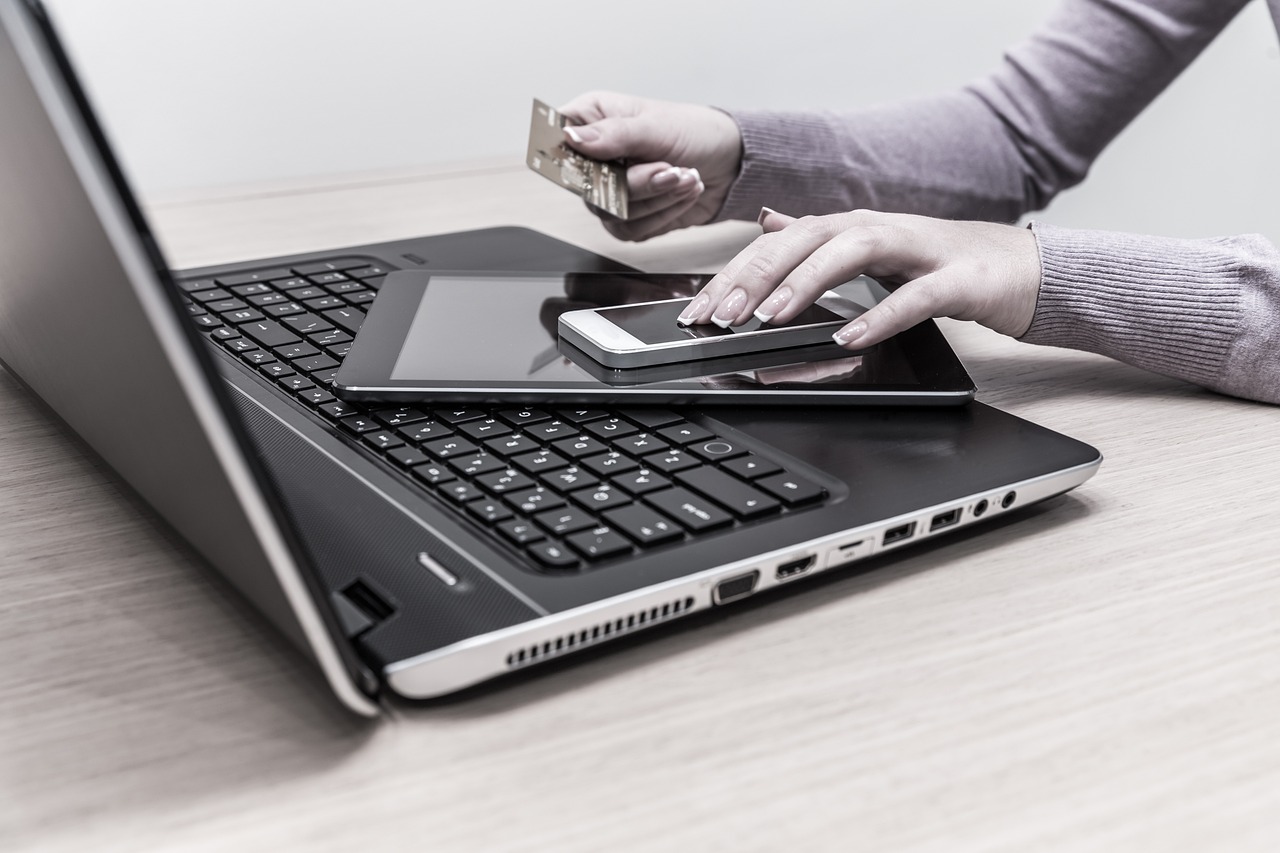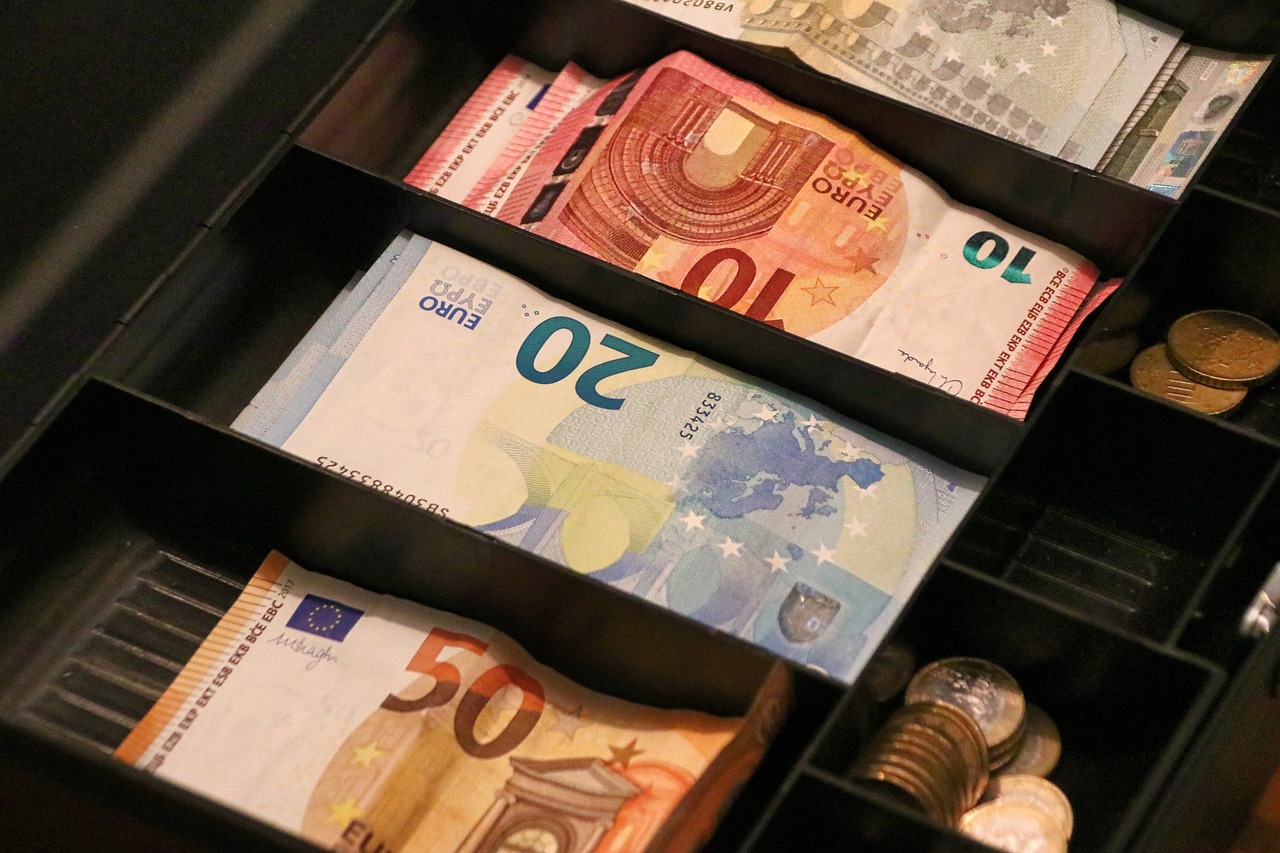Guide to Sending Dollars to the Philippines: Fees, Methods, and Tips
GPT_Global - 2025-09-27 23:00:42.0 138
Can I schedule recurring dollar transfers to the Philippines automatically?
In today’s fast-paced world, many people prefer sending money to their loved ones in the Philippines without the hassle of manual transactions each time. If you're wondering whether you can schedule recurring dollar transfers automatically, the answer is yes! Many remittance services now offer the option to set up automated transfers to the Philippines on a weekly, bi-weekly, or monthly basis.
These automated remittance services allow users to schedule regular payments directly from their bank accounts or digital wallets to their intended recipient. Once set up, transfers are made automatically without needing you to manually initiate each transaction. This is a huge convenience for individuals who need to send money regularly for family support, bills, or other commitments.
To get started, you simply need to choose a reliable remittance provider, create an account, and link your payment methods. From there, you can set your preferred schedule and amount for the transfers. Look for companies offering low fees and favorable exchange rates to ensure you’re getting the best deal on your recurring transfers to the Philippines.

How do I send dollars to a GCash account in the Philippines?
Sending dollars to a GCash account in the Philippines has become one of the fastest and most convenient ways to support family and friends back home. With millions of Filipinos relying on GCash for daily transactions, it’s no surprise that international money transfer services now allow direct remittance to this popular mobile wallet.
To send dollars to a GCash account, you first need to choose a reliable remittance partner that offers direct wallet transfers. Many trusted providers let you fund your transfer with your debit card, credit card, or bank account. Once you select GCash as the payout option, simply enter the recipient’s registered mobile number. The funds will be converted to Philippine pesos and instantly credited to their GCash wallet.
This method is faster compared to traditional bank deposits or cash pickups, since the money arrives instantly and can be used right away for bills, shopping, or even withdrawals. Plus, GCash users enjoy security and convenience without visiting physical branches. Whether you’re sending financial support for loved ones or covering urgent expenses, transferring dollars to a GCash account ensures your remittance is both quick and hassle-free.
Do Philippine banks charge extra fees for receiving remittances in dollars?
When sending remittances to the Philippines, one common concern is whether banks charge extra fees for receiving remittances in dollars. Generally, most Philippine banks do not impose additional fees specifically for receiving remittances in USD. However, there may be service fees, such as transaction fees or handling charges, depending on the bank and the remittance method used.
It's essential for recipients to check with their bank for any potential charges. For example, banks may charge a fee for processing international transactions, converting foreign currency, or releasing funds in cash. The amount of these fees can vary based on the bank, the remittance service, and the amount being sent.
To minimize fees, recipients can opt for digital remittance services, which often offer lower rates and more transparency in fees. Using an online platform like PayPal or other dedicated remittance services can also be a cost-effective alternative.
In conclusion, while Philippine banks may not charge extra for receiving dollars, there are often other fees to consider. Always inquire with your bank or remittance provider to get a clear understanding of any charges involved.
What happens if I send dollars to the wrong bank account in the Philippines?
Sending money to the Philippines is a vital way for overseas workers to support their families, but mistakes can happen. One common concern is, “What happens if I send dollars to the wrong bank account in the Philippines?” Understanding the process can help you act quickly and avoid unnecessary stress.
If funds are transferred to the wrong account, the first step is to immediately contact your remittance provider or bank. They will coordinate with the receiving bank to verify the error and request a reversal. However, the reversal depends on the cooperation of the account holder and the bank’s internal policies. This is why acting fast is crucial.
To minimize risks, always double-check account numbers, recipient names, and currency details before confirming your transaction. Many trusted remittance companies also offer secure platforms with confirmation prompts to reduce errors. In case of a mistake, they can guide you through the recovery process.
Ultimately, prevention is the best protection. Using reliable remittance services and carefully reviewing transaction details ensures your hard-earned dollars safely reach your loved ones in the Philippines without delays or complications.
Can I send dollars to the Philippines using a credit card?
Sending money to the Philippines has never been easier, and using a credit card is one of the quickest methods available. If you're wondering, "Can I send dollars to the Philippines using a credit card?" the answer is yes! Many remittance services allow you to transfer funds internationally using a credit card, making it a convenient option for sending money from the U.S. or other countries to loved ones in the Philippines.
However, it's important to be aware of the fees associated with using a credit card for remittance. While credit card payments are fast and secure, they can come with higher fees compared to bank transfers or other payment methods. Additionally, the exchange rate may not always be as favorable, so be sure to check all costs before proceeding with the transaction.
Some remittance services offer mobile apps or online platforms, making it easy to send money to the Philippines directly from your credit card. Whether you're paying for a family emergency or simply sending support, this method is convenient, but it’s always best to compare options to get the best deal.
How does the U.S. bank wire transfer process work for sending money to the Philippines?
Sending money from the U.S. to the Philippines via a bank wire transfer is a secure and efficient method commonly used for remittance. To initiate a bank wire transfer, the sender needs to visit their bank or use an online banking platform. The sender must provide key details such as the recipient's name, bank account number, and the Philippine bank’s SWIFT/BIC code.
Once the bank verifies the transaction, the funds are transferred electronically through a secure network to the recipient’s bank in the Philippines. Depending on the bank’s processing times, the transfer can take anywhere from a few hours to several business days. The Philippine bank will convert the funds from USD to PHP (Philippine Peso) at the prevailing exchange rate, and the recipient can then access the funds via their local bank account.
Bank wire transfers are ideal for larger sums of money due to their safety, but it’s essential to factor in the associated fees. Many banks charge both the sender and recipient a fee for wire transfers. Despite these fees, the process offers peace of mind with its security and reliability, making it a popular choice for U.S. expats sending remittances to family in the Philippines.
Is it cheaper to send dollars via bank transfer or a money transfer service?
When sending money abroad, one of the key concerns is the cost. Many people wonder whether it is cheaper to send dollars via a bank transfer or through a money transfer service. The answer largely depends on several factors, including fees, exchange rates, and transfer speed.
Generally, bank transfers can be more expensive due to high transaction fees and less favorable exchange rates. Banks often charge a fixed fee for international transfers, which can be quite hefty. Additionally, their exchange rates may not be as competitive as those offered by specialized money transfer services.
On the other hand, money transfer services like Western Union, PayPal, or TransferWise typically offer lower fees and better exchange rates. These services are designed specifically for remittances, providing more cost-effective options for sending money internationally. They also tend to offer faster transfer speeds, with many services delivering funds within minutes or hours.
In conclusion, if you're looking to save money when sending dollars, money transfer services are often the more affordable choice. However, it’s important to compare fees and rates to ensure you get the best deal for your specific needs.
About Panda Remit
Panda Remit is committed to providing global users with more convenient, safe, reliable, and affordable online cross-border remittance services。
International remittance services from more than 30 countries/regions around the world are now available: including Japan, Hong Kong, Europe, the United States, Australia, and other markets, and are recognized and trusted by millions of users around the world.
Visit Panda Remit Official Website or Download PandaRemit App, to learn more about remittance info.

